A 3D-printed Buddha statue, which is 10 meters tall, has been on display at a media plaza in Qingdao, east China's Shandong Province.
The statue is a replica of the original Buddha statue in the third cave of the Yungang Grottoes in Datong city, north China's Shanxi Province. With a length of 17.9 meters and width of 13.6 meters, the replica is the world's first large-scale cultural relic project reproduced through 3D printing.
"It took two years to complete the project," said Shi Hongze, deputy general manager of Qingdao Media Development Co., Ltd., "Combined 3D laser scanning technology with multi-image 3D processing, a high-fidelity colored 3D printing reproduction of Cave No.3 at the Yungang Grottoes has been completed."
"This is the first time in the world that 3D printing has been used to replicate such a large-scale cultural relic," Shi told CNS reporter, "We have encountered many technical problems. To carry out the project, we designed and manufactured 24 special printers with a height of 2.8 meters. It took five and a half months for the printing."
Some 10,000 pictures were taken, and the model of the statue was divided into 842 pieces. It took three months to assemble the replica of the Buddha statue. The identical reproduction strictly matches the appearance and scale of the original.
Shi said that these 842 copies were shipped to Qingdao from a printing factory in Shenzhen. "We are faced with a new problem, that is, how can such a large quantity of relics be transported to the sixth floor? We specially set aside an unsealed wall. When the statue arrived at the plaza, we used a crane to transport it through the wall and then sealed up the wall," he added.
The Yungang Grottoes are a series of ancient Buddhist rock-cut temples located in Datong, Shanxi Province. The UNESCO World Heritage Site has 45 major caves and more than 59,000 Buddha statues, with a grotto complex stretching for about 1 km from east to west.
The reproduction not only allows people to get much closer to the precious heritage items without damaging the original objects, but also helps to enhance the research, documentation, digitalization and preservation of the relics themselves.








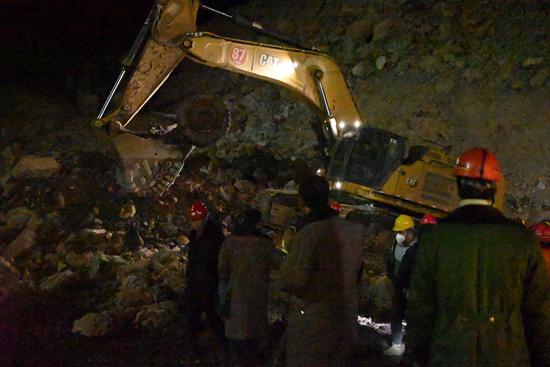
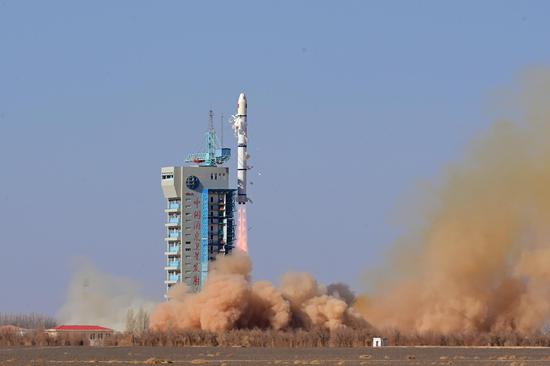
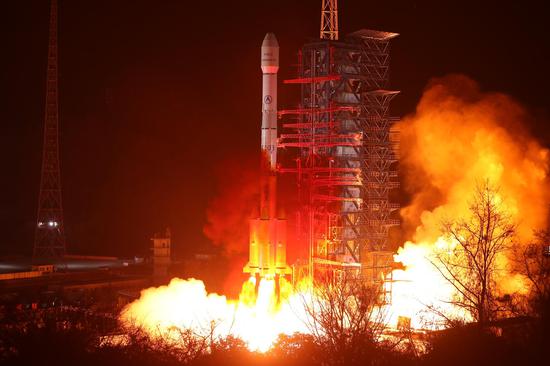
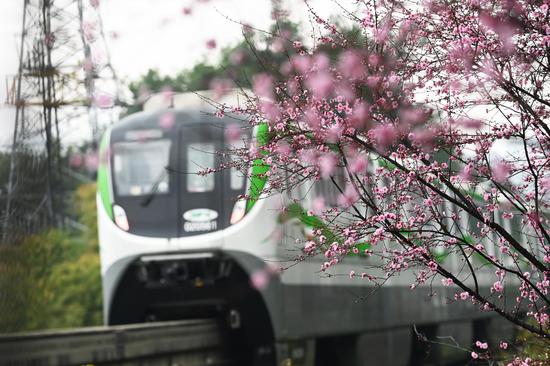
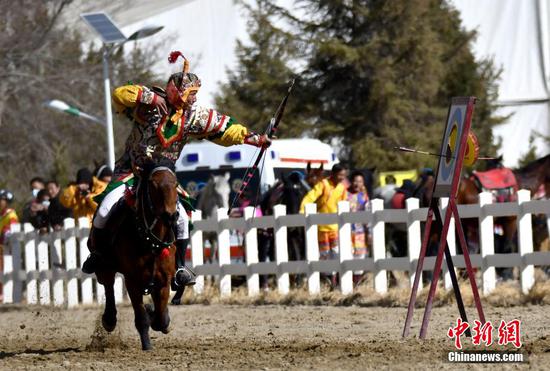


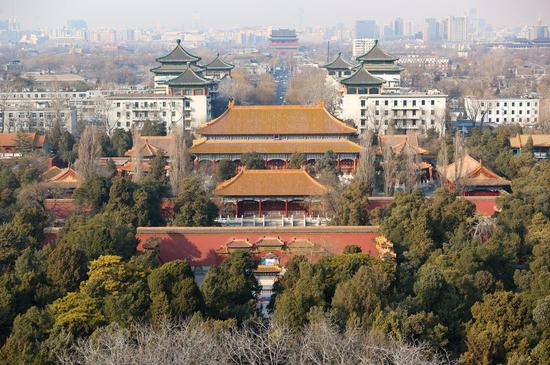
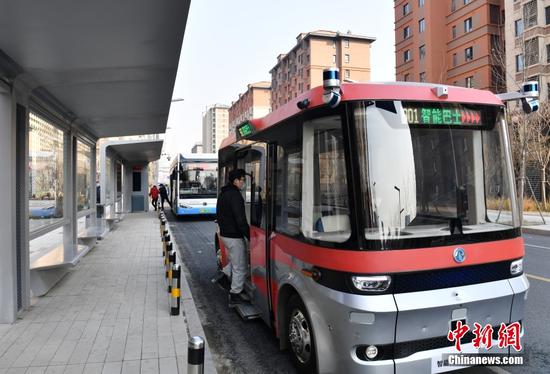
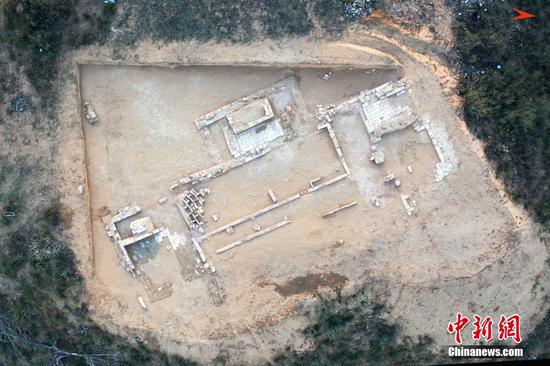
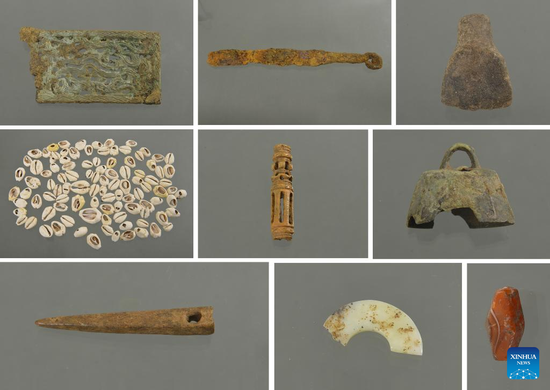


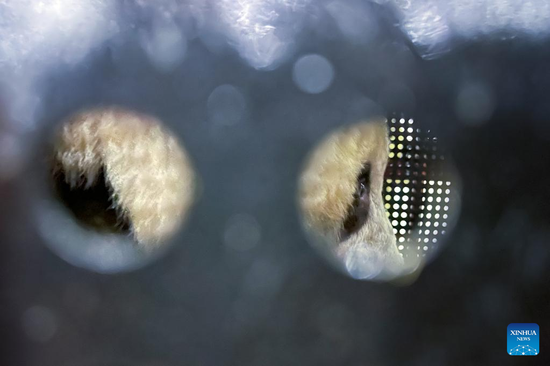

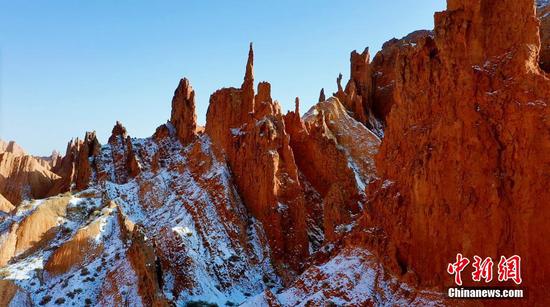


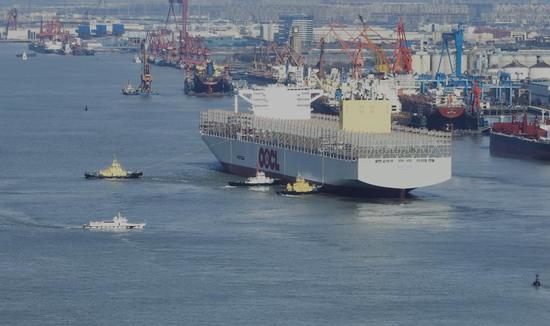



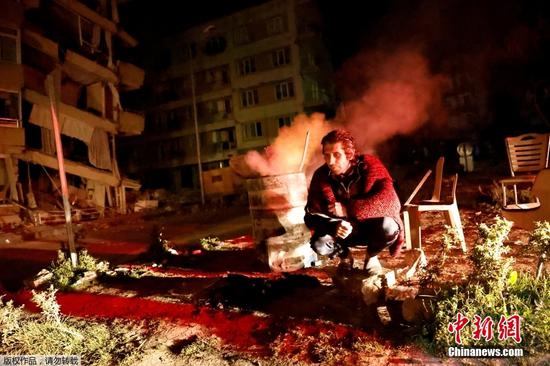

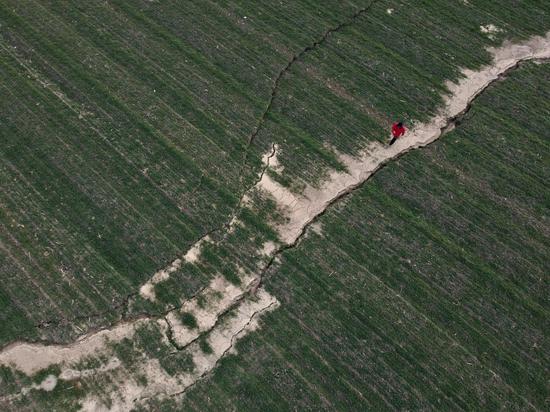


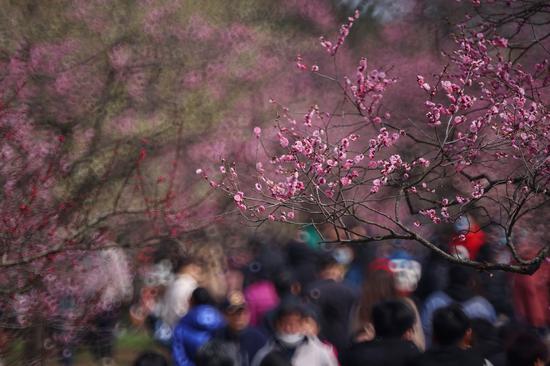
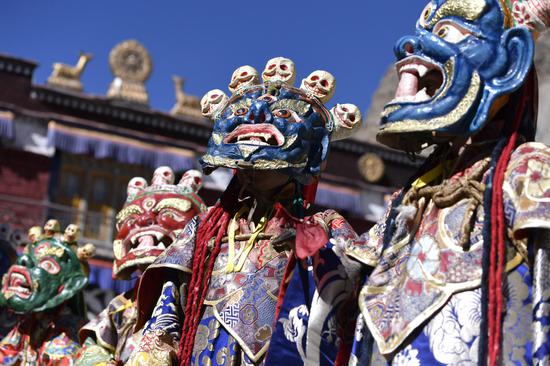

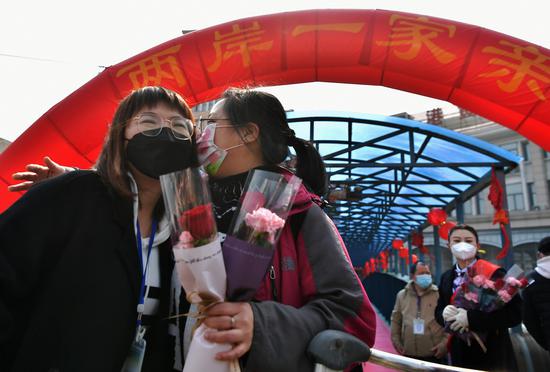
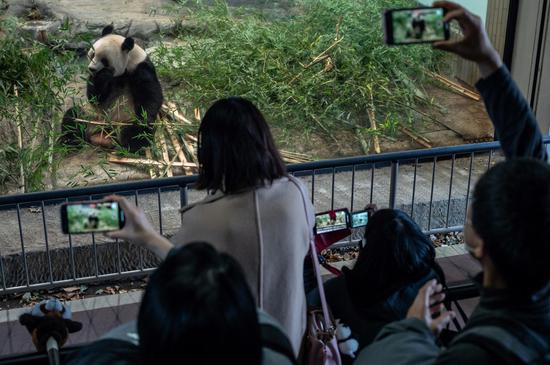



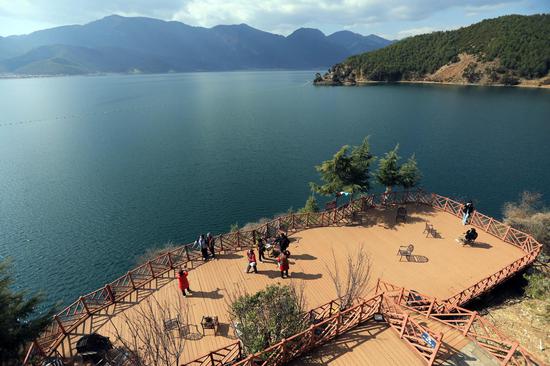
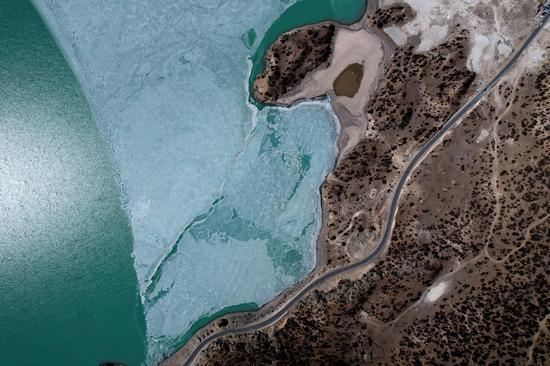

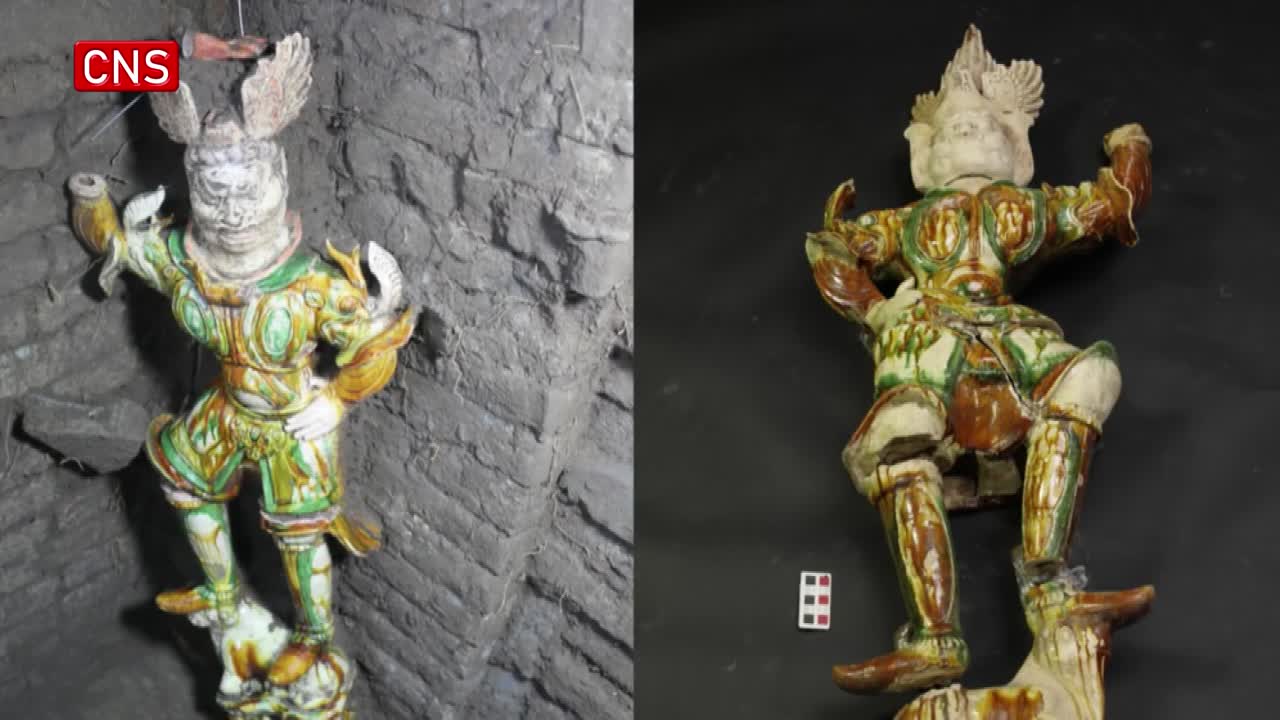

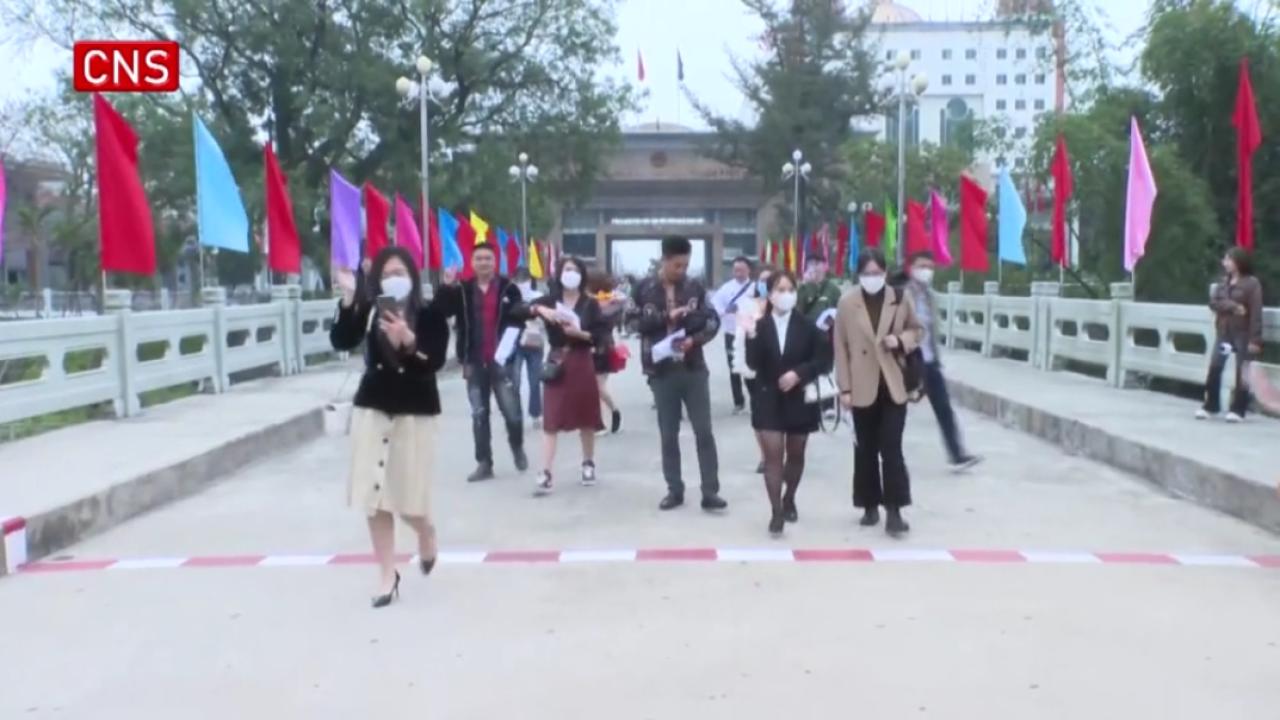

 京公网安备 11010202009201号
京公网安备 11010202009201号